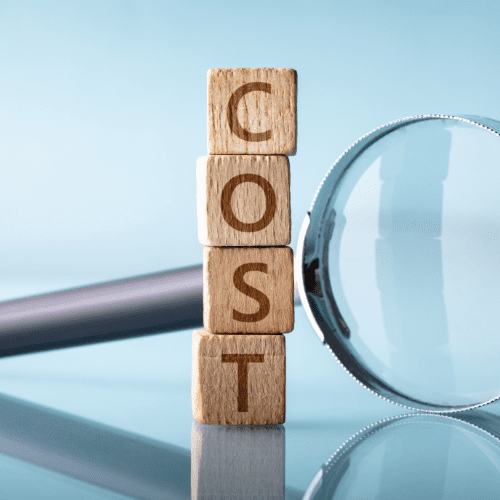India has faced significant challenges brought forth by the COVID-19 pandemic, and its response through extensive vaccination campaigns has been a critical component of the public health strategy. With a population nearing 1.4 billion, the task of vaccinating this vast demographic presents unique logistical and operational challenges. Since launching its vaccination initiative in January 2021, India has made considerable progress, yet several hurdles remain that jeopardize the goal of achieving widespread immunity. This article provides an overview of India’s COVID-19 vaccination campaigns, highlighting the progress made and the key milestones achieved, before delving into the challenges that continue to affect vaccination efforts.
Overview of India’s COVID-19 Vaccination Campaigns: Progress and Key Milestones
India’s vaccination campaign commenced with the aim of administering doses to its priority populations, including healthcare workers and frontline workers. By mid-2021, the campaign had expanded to include individuals over the age of 18, resulting in a substantial ramp-up of vaccination sites across both urban and rural areas. As of October 2023, the Indian government has reported over 2 billion vaccine doses administered, showcasing the remarkable scale of this public health initiative. Significant milestones, such as the vaccination of over 70% of the adult population, reflect the concerted efforts to combat the virus and achieve herd immunity.
The introduction of new vaccines, including domestically produced options like Covaxin and Covishield, has played a crucial role in shaping the vaccination landscape. The government has also partnered with international entities to secure additional vaccine supplies and support, further enhancing the immunization drive. This collaborative approach has facilitated the establishment of vaccination centers in remote areas, ensuring equitable access to vaccines for all segments of society. Moreover, the role of digital technology in streamlining the registration process through platforms like CoWIN has significantly improved operational efficiency, enabling real-time tracking of vaccination data.
Public response to the vaccination campaign has generally been positive, although variance exists across different demographics. Initiatives targeted at educating the population about vaccine safety and efficacy have been pivotal in addressing vaccine hesitancy. The government has leveraged social media and community engagement strategies to disseminate accurate information, thereby fostering a more informed public. Despite these efforts, ongoing awareness campaigns remain critical as new variants emerge and misinformation continues to circulate, necessitating adaptive strategies to maintain public trust and encourage higher vaccination rates.
Challenges Facing India’s COVID-19 Vaccination Campaigns: Addressing Barriers to Immunization
Despite the progress made, several challenges impede India’s efforts to achieve universal vaccination. Logistical obstacles such as inadequate transportation infrastructure and storage facilities have hindered the timely delivery of vaccines in remote regions. These challenges are compounded by fluctuations in vaccine supply, as production and distribution networks occasionally face disruptions. Furthermore, the socio-economic factors influencing public attitudes towards vaccination present additional barriers, as individuals from economically disadvantaged backgrounds may have limited access to healthcare information or resources.
Regional disparities in vaccination rates highlight the stark contrasts between urban and rural areas, often dictated by variations in health infrastructure and provider availability. Urban centers tend to have more accessible healthcare facilities and vaccination centers compared to rural locales, where such services may be scarce or underfunded. This disparity not only limits access to vaccines but also perpetuates inequalities in health outcomes. Addressing these disparities is essential for creating a more equitable vaccination campaign that reaches all populations, regardless of geographic or socio-economic status.
Misinformation has emerged as a significant hurdle to vaccine uptake, with false narratives spreading rapidly through social media and community channels. The prevalence of myths surrounding vaccine safety and side effects has contributed to hesitancy among certain groups. Political dynamics can also shape public perception, with trust in government initiatives fluctuating based on broader socio-political contexts. To counteract these challenges, comprehensive communication strategies must be developed, focusing on transparency and community engagement. Additionally, enhancing the capacity of the healthcare workforce through training and resource allocation will be vital for ensuring successful vaccination efforts and addressing the diverse needs of the population.
India’s COVID-19 vaccination campaigns have made impressive strides since their inception; however, numerous challenges remain that must be addressed to achieve the goal of universal immunization. The interplay of logistical, socio-economic, and informational barriers necessitates a multi-faceted approach to enhance access, combat misinformation, and build public trust. By addressing these challenges head-on and fostering collaborative efforts across government, healthcare providers, and communities, India can strengthen its vaccination campaigns and move closer to overcoming the pandemic. Continued vigilance, adaptability, and innovation will be key in navigating the evolving landscape of public health as the nation strives to protect its population against COVID-19.



